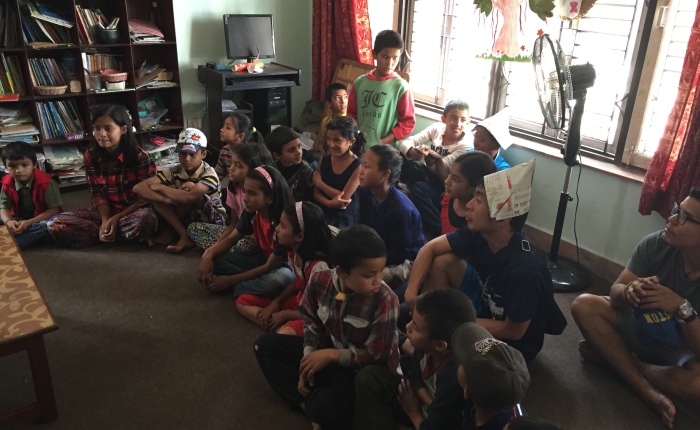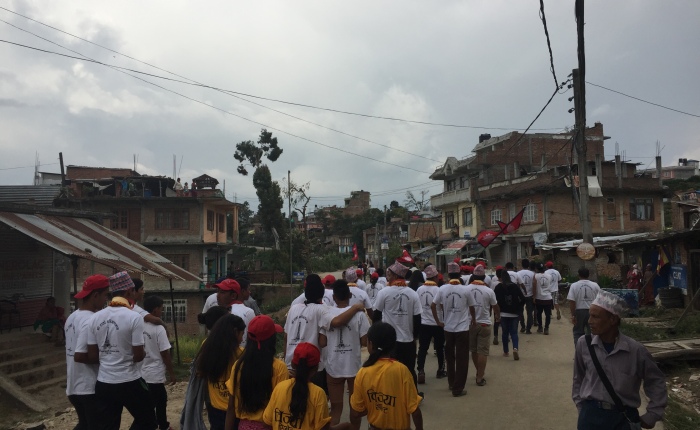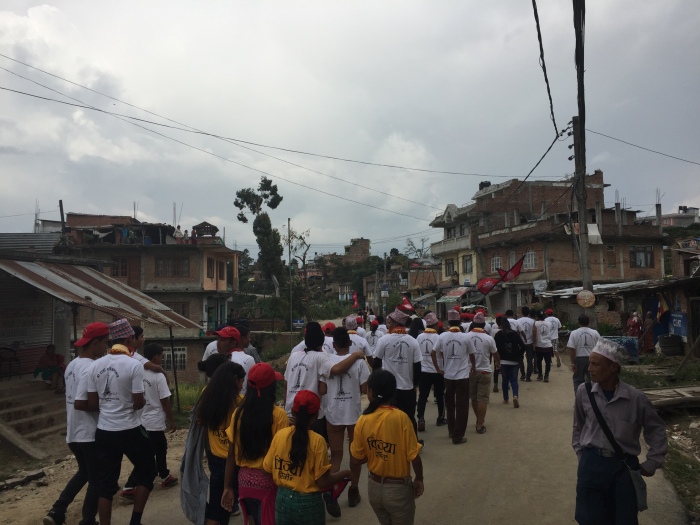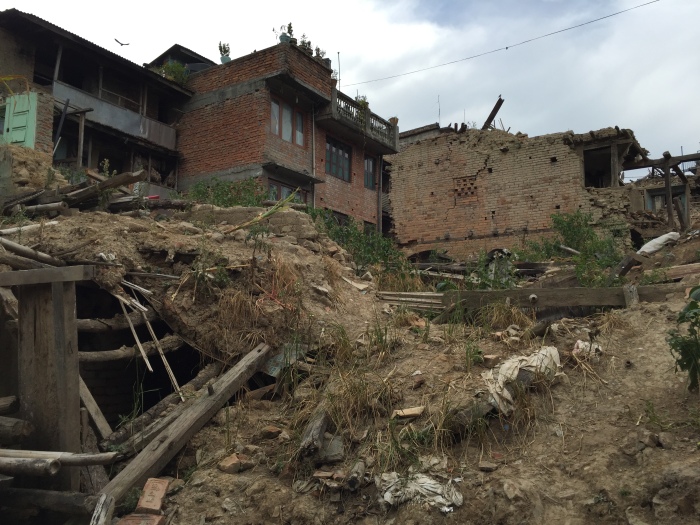During my stay in Kathmandu I spent time volunteering for a charity called Heart Beat.
The NGO provides teaching and recreational activities to children from poor families through its facility known as the Dream Centre.
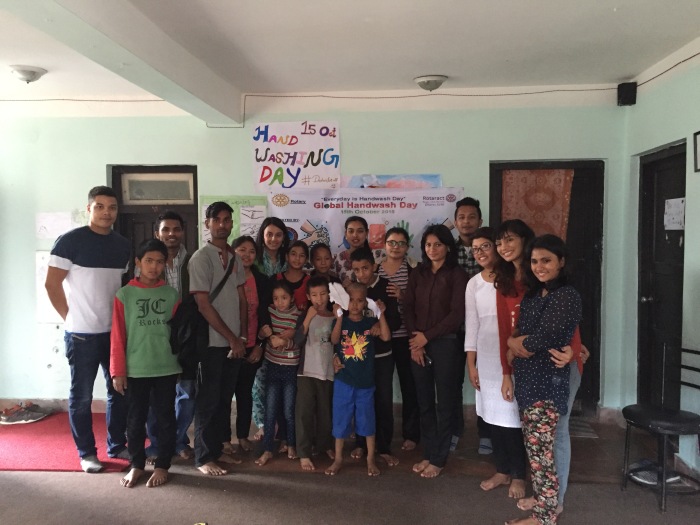
Although I was supposed to be the one teaching, through lessons in art and English, I learnt a great deal myself, not least of all how to play the massively addictive Nepali game, caroomboard. It’s a bit like pool except you flick small plastic discs on a wooden board with your fingers.
The children at the Dream Centre were an inspiration. They were ambitious, eager to learn and so cheerful.
If pupils in the UK could spend a day in the shoes of these youngsters, they would never moan about having to go to school again.
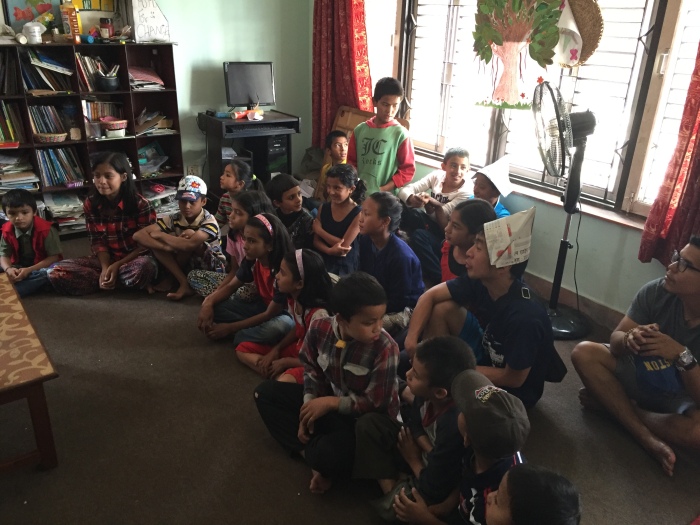
Heart Beat also attempts to engage with street children by providing food, clothing and health check-ups.
When I accompanied representatives from the charity we went to visit a group living in a wooded area. They were aged from about ten to mid-20s and have to fend for themselves.
They told me many of them have drug problems such as sniffing glue.
Seeing the conditions the street children live in was also an eye opener.
They literally have to fend for themselves and, apart from charities like Heartbeat, there’s no safety net for them to rely on.
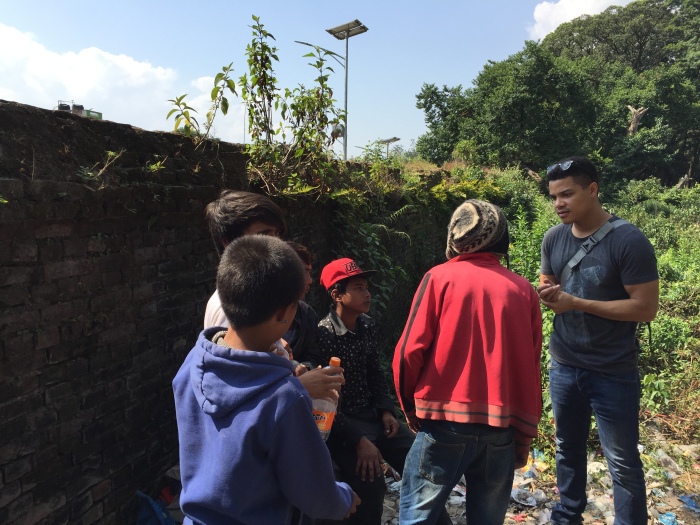
Heart Beat, founded in 2006, has provided relief, such as food and shelters, to villages decimated by the earthquakes.
Founder Juju Kaji said: “There are lots of children growing up on the streets after the earthquakes.
“We have already reached more than 2,000 kids through health camps, art, clowning and education support.”
For more details on Heart Beat, click here.
